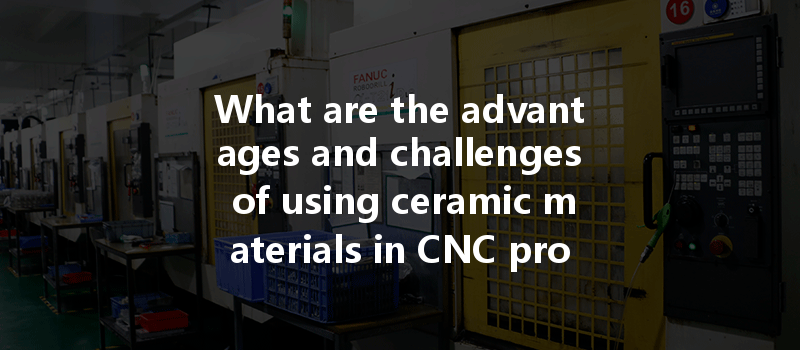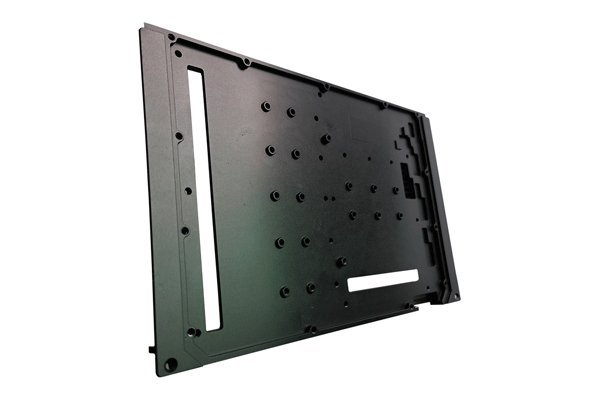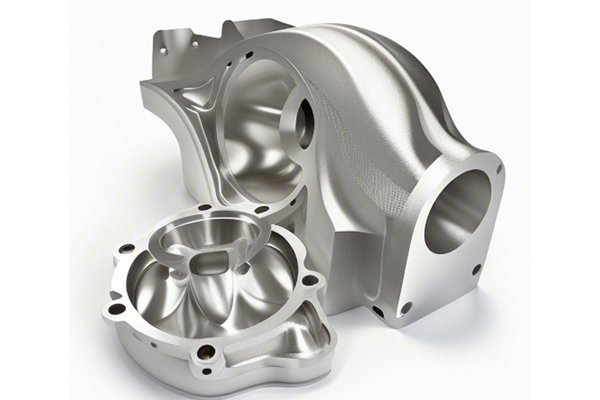Opening:
Did you know that ceramic materials have garnered significant attention in manufacturing due to their unique properties? In recent years, the demand for ceramics in CNC (Computer Numerical Control) prototyping has surged, leading to a transformative shift in various industries ranging from aerospace to healthcare. While ceramics are known for their hardness, heat resistance, and low density, their application in CNC machining is accompanied by distinct advantages and challenges that are crucial for manufacturers and engineers to understand.
:
In a world where precision and specialty materials dominate, CNC machining emerges as a pivotal technology increasing productivity and facilitating innovations. With ceramic materials becoming a more common choice for prototypes, understanding the intricacies of their advantages and challenges is essential for ensuring successful outcomes in manufacturing. In this blog, we will explore the myriad benefits ceramics offer to CNC prototyping while delving into the inherent challenges associated with their use.
Advantages of Using Ceramic Materials in CNC Prototypes
Ceramics are characterized by their unmatched hardness, which makes them an excellent choice for applications requiring high wear resistance. This property is particularly beneficial in industries that demand durability, such as automotive components and industrial machinery parts.
One of the most significant advantages of ceramics is their ability to withstand high temperatures. Unlike metals, which may warp or weaken under extreme heat, ceramics maintain their integrity, making them ideal for thermal insulators in aerospace and energy applications.
Ceramics generally have a low density, which makes them lighter than traditional metal materials. The lightweight characteristic is beneficial in aerospace applications where reducing weight can lead to significant fuel savings and improved efficiency.
Ceramics display excellent chemical resistance, making them suitable for harsh environments where metals may corrode or degrade. For example, ceramic components are often used in chemical processing industries due to their ability to endure corrosive substances.
With their inherent electrical insulating properties, ceramics are frequently used in electronic applications, enabling the safe handling of electrical components without the risk of short circuits or failures due to conductive materials.
Ceramics can be manufactured in various shapes and finishes, providing aesthetic flexibility for consumer products. Their ability to integrate beautifully into design makes them a popular option in the consumer goods sector.
Challenges of Using Ceramic Materials in CNC Prototypes
Despite their hardness, ceramics can be brittle, making them susceptible to cracking or shattering during machining processes. This poses a challenge as it calls for careful handling and precision when creating prototypes.
CNC machining of ceramics is complicated due to their unique properties. Diamond tools are often required for effective machining, leading to increased costs and longer production times.

Compared to traditional metals, ceramics can be more expensive to acquire and process. The combination of high material costs and the need for specialized equipment can make the overall production less economical, especially for low-volume orders.
The specialized nature of ceramic materials means that sourcing them can be a challenge. Not all suppliers have the capability to provide the specific types of ceramics needed for high-performance applications.
Due to their brittleness and specialized machining requirements, modifying designs after production can be problematic and costly. Design flaws manifested early in the prototyping phase may result in wasted materials and time.
Detailed Solutions to Ceramic CNC Prototyping Challenges
To successfully integrate ceramics into CNC prototyping while mitigating the challenges, manufacturers and engineers can adopt several strategies.
Choosing the right type of ceramic is critical; advanced materials such as alumina, zirconia, and silicon nitride are available. Evaluating the specific requirements for mechanical properties, thermal stability, and cost can help in selecting the suitable ceramic type best suited for the application.
Investing in high-quality diamond tipped tools designed for ceramic machining can vastly improve the efficiency of the production process. Moreover, remote tooling experts should be consulted to ensure proper tool selection tailored for specific ceramic types.
Creating designs tailored specifically for ceramic materials can mitigate brittleness. Use of gradual curves and avoiding sharp corners can enhance the strength of the final prototype. Tolerances should also be generous to account for the potential for shrinkage during firing processes.
Employing advanced techniques such as ultrasonic machining or electrical discharge machining (EDM) allows for finer control during the machining of ceramics. Additionally, using water-cooled systems can reduce heat during cutting, preserving the integrity of the ceramic material.
For higher production volumes, utilizing a batch production approach can lower costs associated with CNC machining. The efficiencies gained through increased production runs can help offset the higher material costs associated with ceramics.
Integrating a comprehensive testing protocol can ensure prototype integrity before final production. Testing for strength, durability, and temperature resistance will allow for early detection of flaws or weaknesses in the design.
In summary, leveraging ceramic materials in CNC prototyping offers significant advantages such as exceptional mechanical properties, high thermal resistance, and lightweight nature, making them suitable for a wide range of applications. However, challenges such as brittleness and machining difficulties must be addressed to ensure successful implementations.
By understanding the specific properties and challenges associated with ceramics, manufacturers can adopt suitable strategies to minimize risks and enhance the effectiveness of their CNC prototyping processes. The importance of ceramics in the manufacturing landscape cannot be understated; as industries evolve, these unique materials offer innovative solutions that cater to both performance and design aesthetics.
As you contemplate your next CNC project, remember the role that ceramic materials can play in pushing boundaries and creating extraordinary prototypes that meet the demands of modern applications. Embracing the possibilities of ceramics can lead your manufacturing endeavors to new heights, so don’t overlook their potential for your next innovative design.






